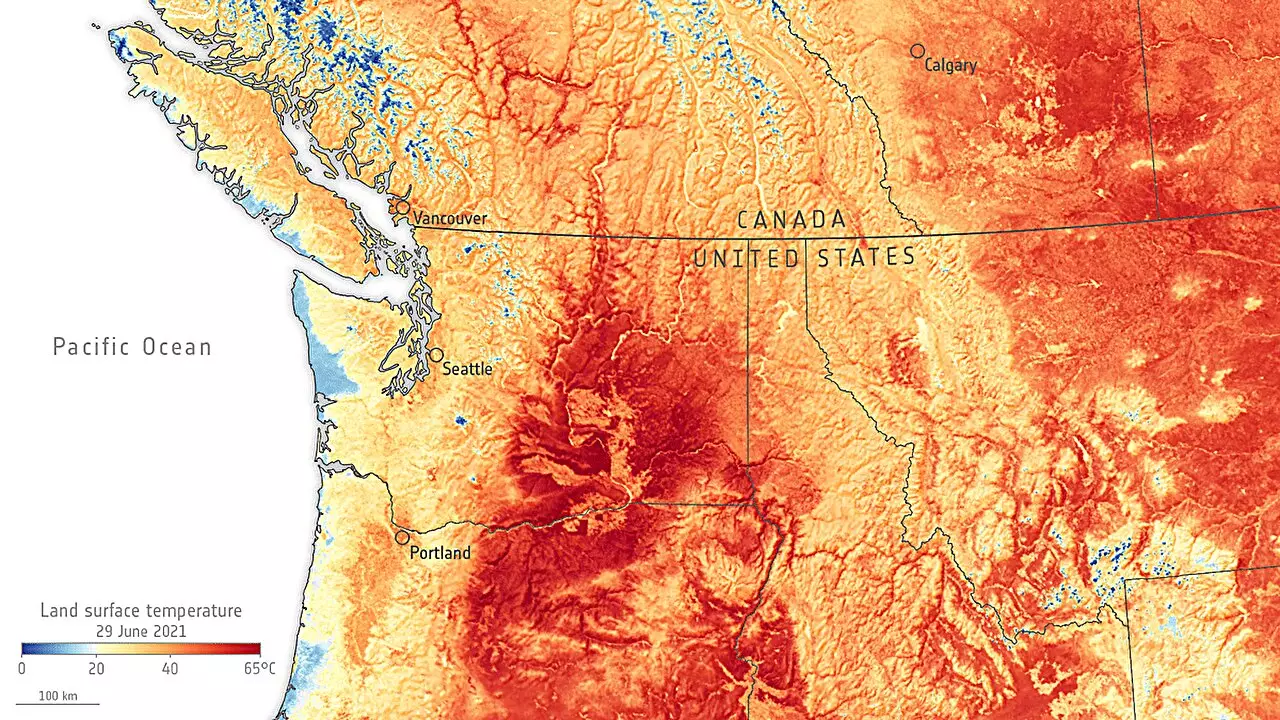Weather forecasting has long relied on a combination of empirical data and mathematical models. However, intricate interactions among atmospheric conditions make accurate predictions particularly challenging beyond a narrow window of about ten days. This limitation became glaringly apparent during extreme weather events, such as the devastating heat wave that swept across the U.S. Pacific Northwest in June 2021. The aftermath was catastrophic, resulting in widespread agricultural losses, infrastructure damage, and significant fatalities. Such incidents underscore the necessity for improvements in forecasting methods that extend lead times, allowing communities to prepare adequately for inclement weather.
Meteorologists employ adjoint models to grasp how minute variations in initial conditions can significantly influence forecast accuracy. By examining parameters such as temperature and atmospheric moisture, scientists can identify how small discrepancies propagate and lead to larger forecast errors. Yet, the traditional approach of utilizing adjoint models can be resource-intensive, requiring considerable financial investment and computational power. Additionally, these models are generally limited to projections just five days in advance, constraining their utility in preparing for severe weather events.
Recent advancements in artificial intelligence, particularly deep learning, have opened new avenues for enhancing forecasting accuracy. Researchers investigated the effectiveness of using deep learning techniques to ascertain the ideal initial conditions for a forecast that spans up to 10 days. Their study, detailed in the journal Geophysical Research Letters, showcased an innovative approach that may reshape meteorological predictions. They implemented two distinct models—the GraphCast model from Google DeepMind and Huawei Cloud’s Pangu-Weather model—to evaluate the efficacy of this method against historical weather data.
Results that Inspire Optimism
The results were promising, as the application of deep learning marked an impressive reduction of approximately 94% in errors over 10-day forecasts using the GraphCast model. The Pangu-Weather model reflected similarly favorable outcomes. This success in leveraging advanced computational techniques not only enhances forecasters’ accuracy within a critical time frame but also extends predictive capabilities to as far as 23 days ahead. Such innovations hold tremendous potential to transform the landscape of weather forecasting, allowing for advanced preparations for natural disasters and extreme weather events.
The integration of deep learning in weather forecasting signifies a pivotal shift in how meteorological sciences can evolve. As communities grapple with the increasing frequency of climate-induced phenomena, mastering effective weather predictions can lead to proactive risk mitigation. Communities equipped with accurate data well in advance can execute timely evacuations and resource allocations, ultimately saving lives and reducing economic losses. The ongoing research and development in this arena not only herald significant advancements in meteorology but also foster a deeper understanding of our climate system, enabling better preparation for the unpredictable nature of our atmosphere. The implications for public safety, agriculture, and infrastructure are profound, making this a critical area of exploration in the intersection of technology and environmental science.


Leave a Reply